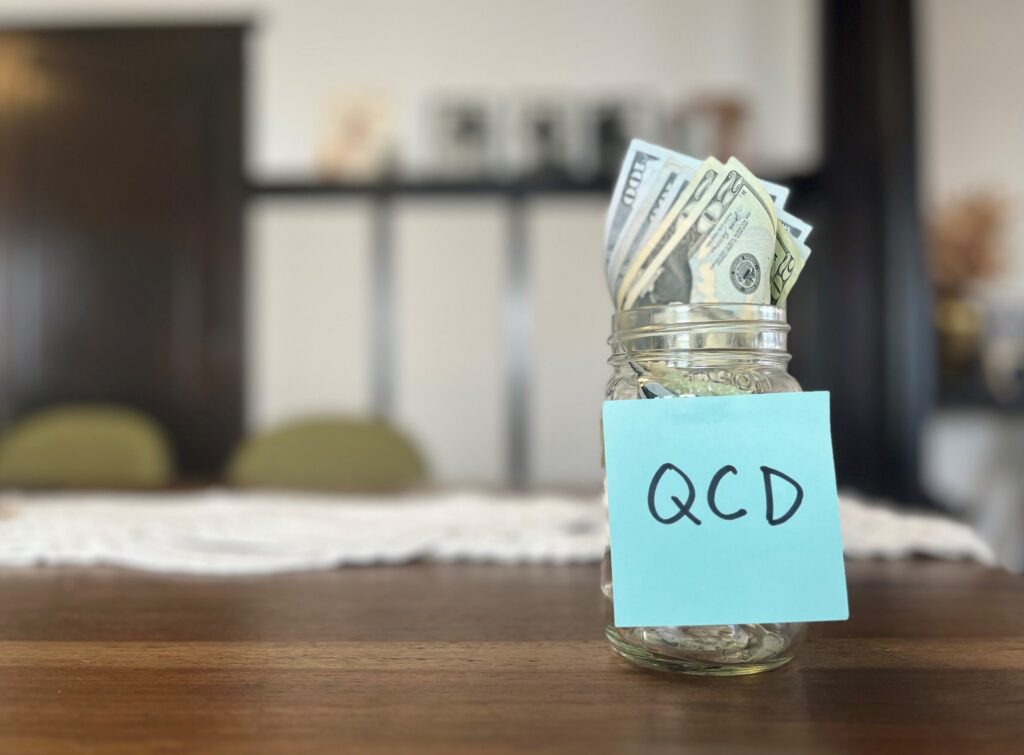From Interest to Action: A Conversation Guide for Qualified Charitable Distributions (QCD)

It’s that time of year! Many of your donors will be thinking about making a year-end gift to your organization. A Qualified Charitable Distribution (QCD) is a great option to consider. It allows them to meet their Required Minimum Distribution (RMD) before the December 31 deadline, realize important tax benefits, and most importantly, make a lasting difference in the world.
Some of your donors might be aware of QCDs, but many more would love to learn about them. According to research published by Giving USA, QCDs from IRAs are growing as a way to give. Marketing these opportunities makes a difference; charities that marketed QCDs were 50 percent more likely to receive a QCD gift than those that did not.
In that same study, 96 percent of nonprofit professionals reported that donors don’t know enough about QCDs, and almost half identified them as the gift type with the most potential for growth.
The first step will be letting donors know that QCDs even exist. A letter, email, brochure, newsletter blurb, social media post or website content can alert donors to the possibility.
But once they know about them, what’s the next step? The simplest and best approach is an appreciative, straightforward conversation.
When a donor gets in touch to learn more about making a QCD, here are some questions you can ask to guide the conversation and direct them to the information they need.
- Do you have an IRA?
If no, direct them toward other ways to give using retirement assets, such as making your organization one of the beneficiaries of their 401(k) or 403(b) accounts.
If yes, ask:
- Is it a Traditional IRA or Roth IRA?
If it is a Roth IRA, let them know that Roth IRAs are not subject to RMDs during their lifetime, but that—under certain circumstances—making contributions from a Roth IRA might make sense. Let them know that consulting a tax advisor will help them determine whether making QCD from a Roth is appropriate for their situation.
If they don’t know, ask them to review a recent statement or log into their account to find this information.
If it is a Traditional IRA, ask:
- Are you at least 70.5 (by the end of 2023), but have not yet turned 73?
If yes, a QCD can be made after age 70½ even if the donor isn’t subject to RMDs yet (because they’re under age 73). Up to a maximum of $100,000 of their RMD can be donated to a qualified charitable organization, including yours!
If no, thank them for their interest and let them know of other ways they can support your work. Offer to send them information on other ways to give; CGAs or retirement assets might be a good place to start, or they may be interested in giving through an estate gift.
- Are you at least 73 (by the end of 2023)?
If yes, then your donor can make a QCD.
It’s important to note that due to tax law changes that took effect on January 1, 2023, as part of the SECURE 2.0 Act, the age at which donors must begin taking RMDs differs depending on birthdate. If they reached age 72 on or before December 31, 2022, they were already required to take their RMD and must continue satisfying that requirement. However, if they had not yet reached age 72 by December 31, 2022, they must take their first RMD from their IRA by April 1 of the year after they reached age 73.
- Do you know how to make a QCD?
If no, direct your donor to the company that administers their IRA (Fidelity, Vanguard, Principal, LPL Financial, etc.)
If yes, ask if there’s any way you can help in making a gift or in finding a nonprofit to receive their donation.
You don’t have to be a tax expert to be a helpful guide for your donors. You only need to care about what is best for them. At Canopy we are thankful for the work you do and we hope it will be a great year’s end!
